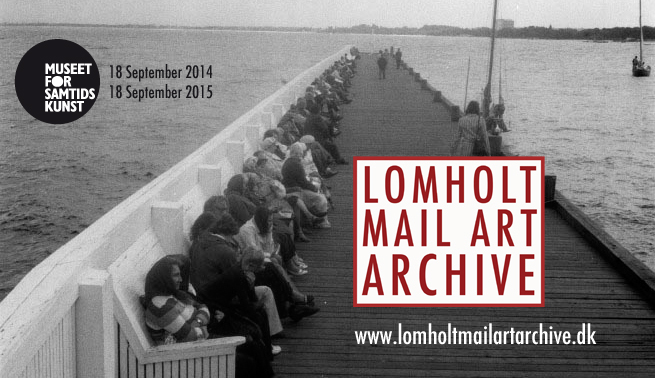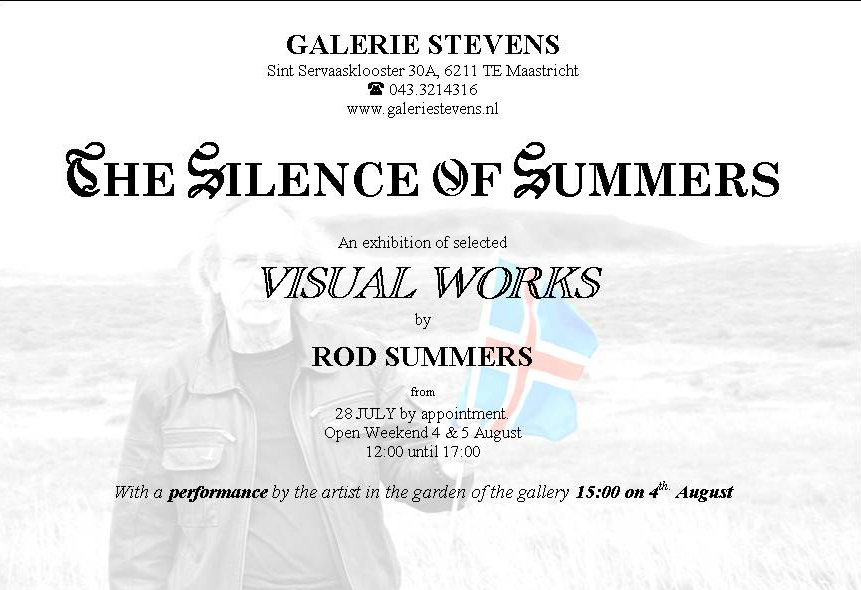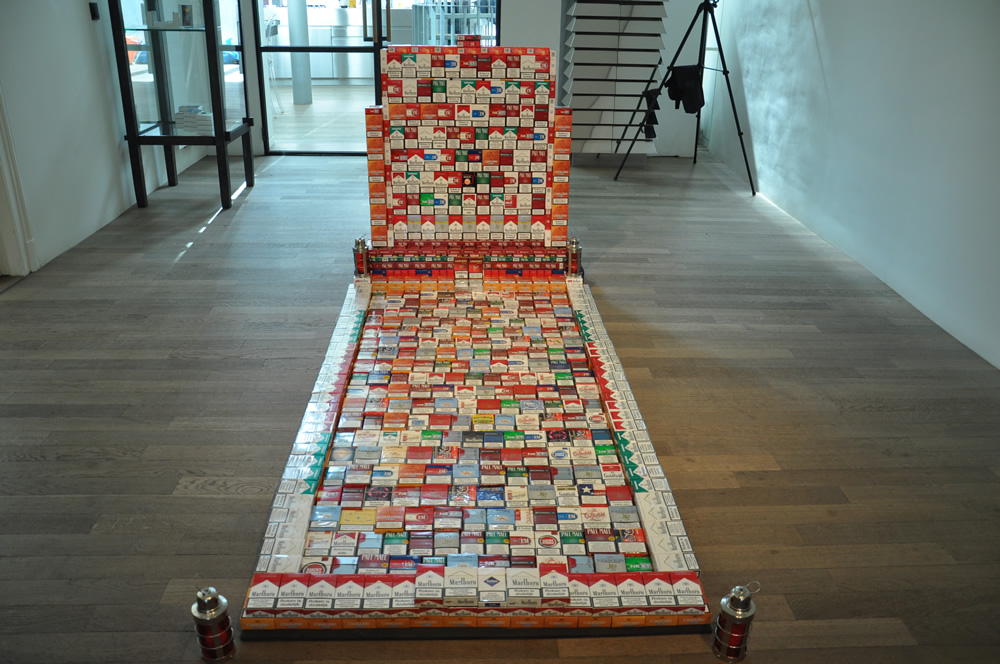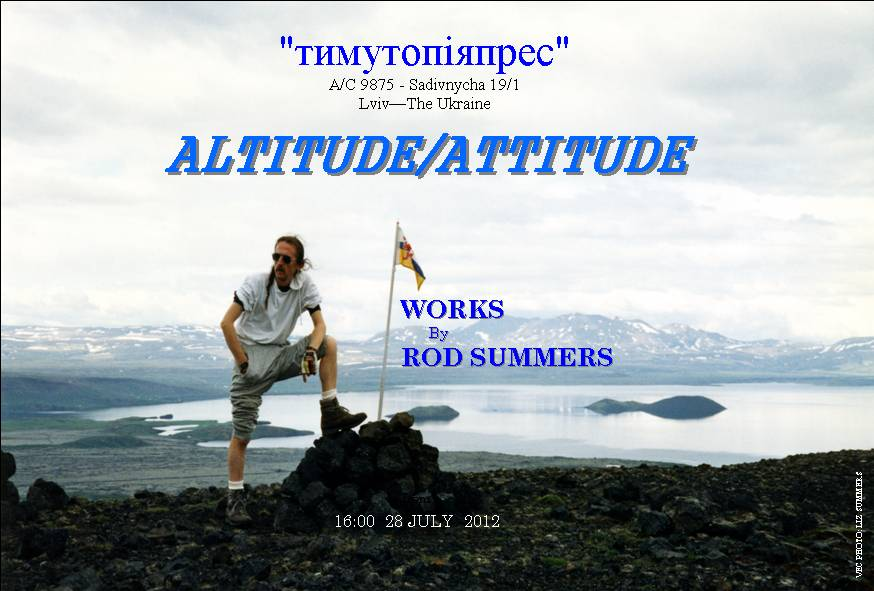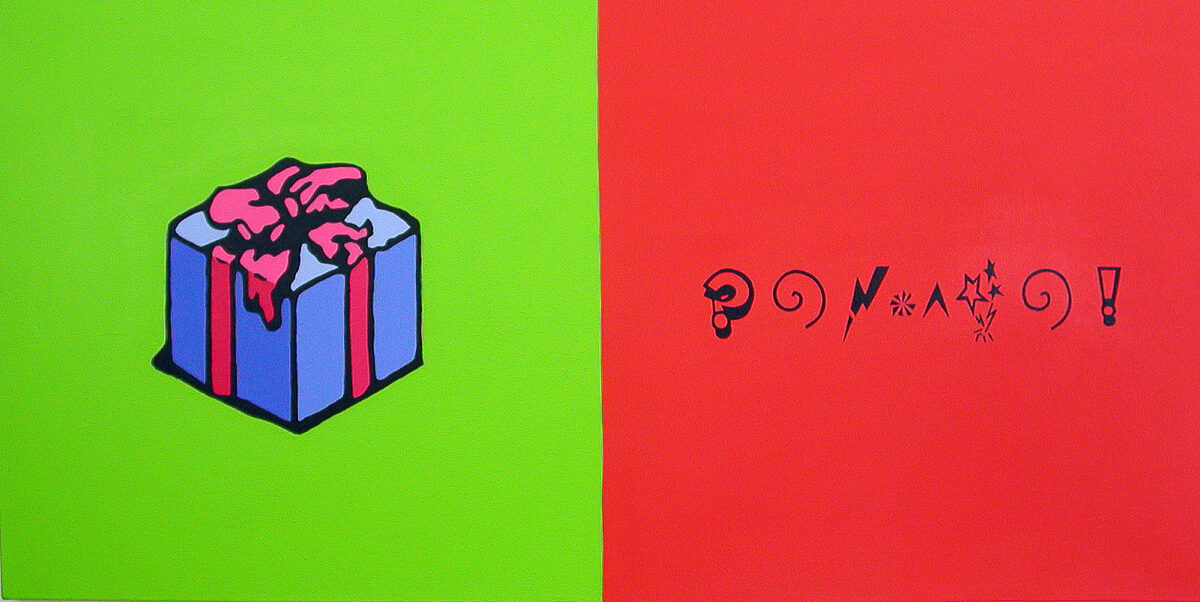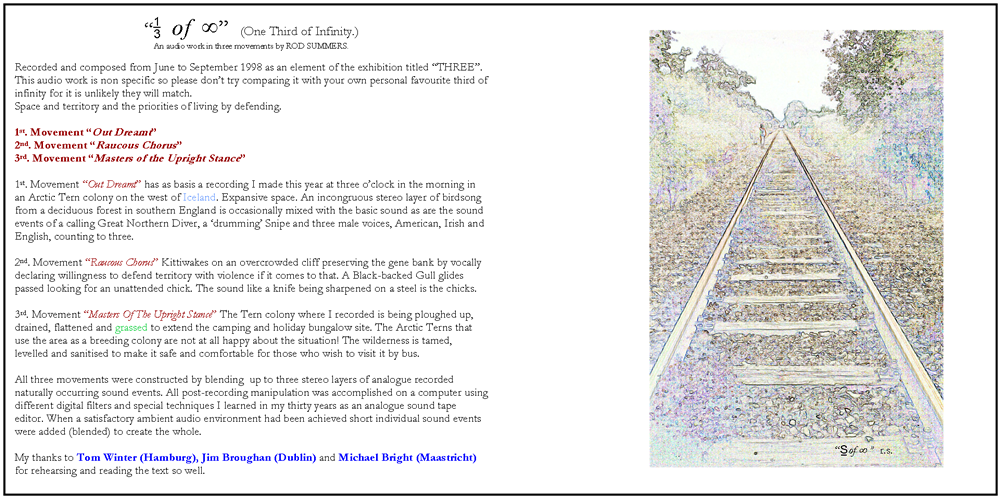Between 1999 and 2005 I had a relatively decent Sony miniDVcam* that I carried on the road in after the final rolls of 35mm film shot on one of my Nikon F2a systems in 2000 and before getting a mediocre Nikon D200 DSLR in 2006. The resulting tapes are a complex mix of places, people, events, and encounters. Much of this footage has not been seen aside from fragments that I would occasionally use in my live improv VJ remix work. Rather than it all staying buried in the archive, now that I have the server capacity, I’ll be uploading some of the couple hundred digitized tapes in their unedited entirety.
*which, of course, looks like crap compared to even the worst phone video these days …
This digitized tape #008 was shot from August through September 2000, with approximate and general timecodes:
00:20 Prescott, AZ: Loki’s US family birthday party; 01:30 Peters Valley, NJ: diner, waterfall, river, cave; Bedford, NY: trampoline; 15:00 Reykjavík, IS: Sara’s shop; harbor; art opening/party; performance; 25:00 Loki’s Icelandic kids birthday party; 36:00 Selatangar, IS: hiking with Loki; 43:00 circuit; Reykjavík, IS: Hafnarhús: Magnus Palsson‘s performance; 54:00 Loki’s Icelandic family birthday party; 58:00 cafe9.net workshop.
Folks appearing: Loki (with friends and family), Lexie, Trey, Andrea, Bill, Zander, Simon, Maxie, Sara, the cafe9.net hosting crew, and many other Icelandic artists and their enthusiastic public … of special historical note, documentation of a couple of Magnus Palsson‘s scripted sonic performance pieces starting ~46:10 …

